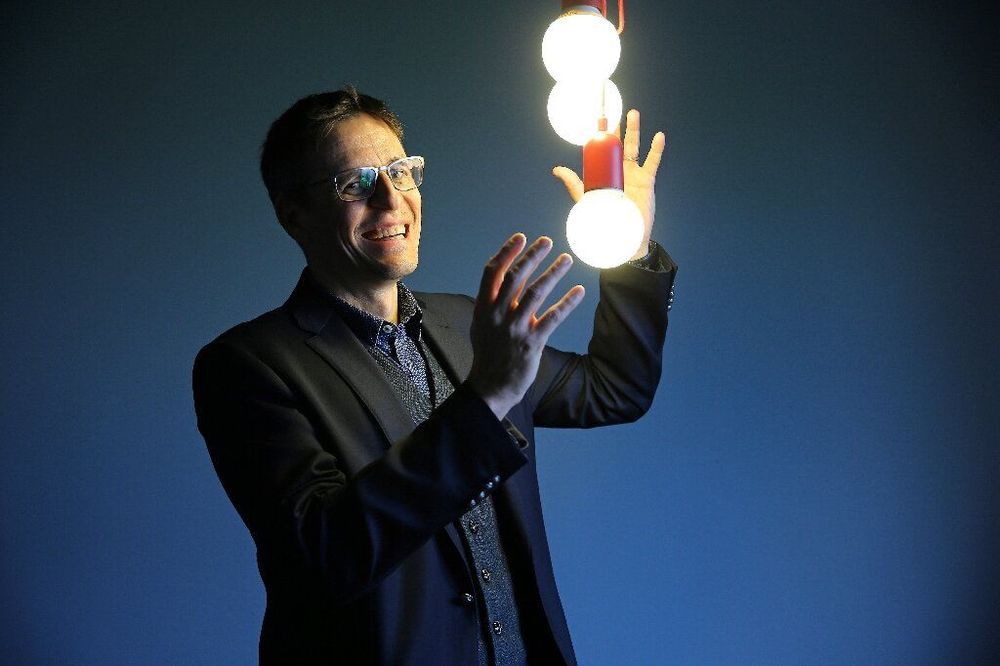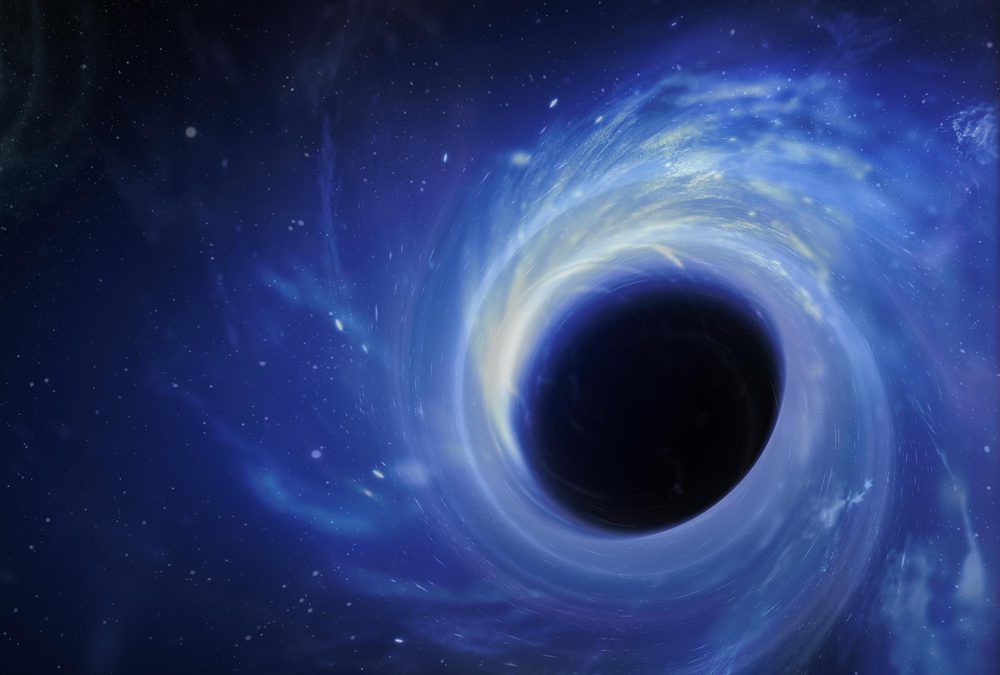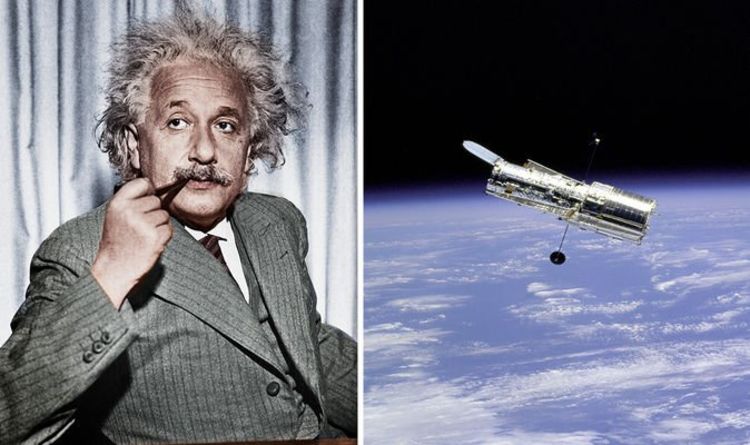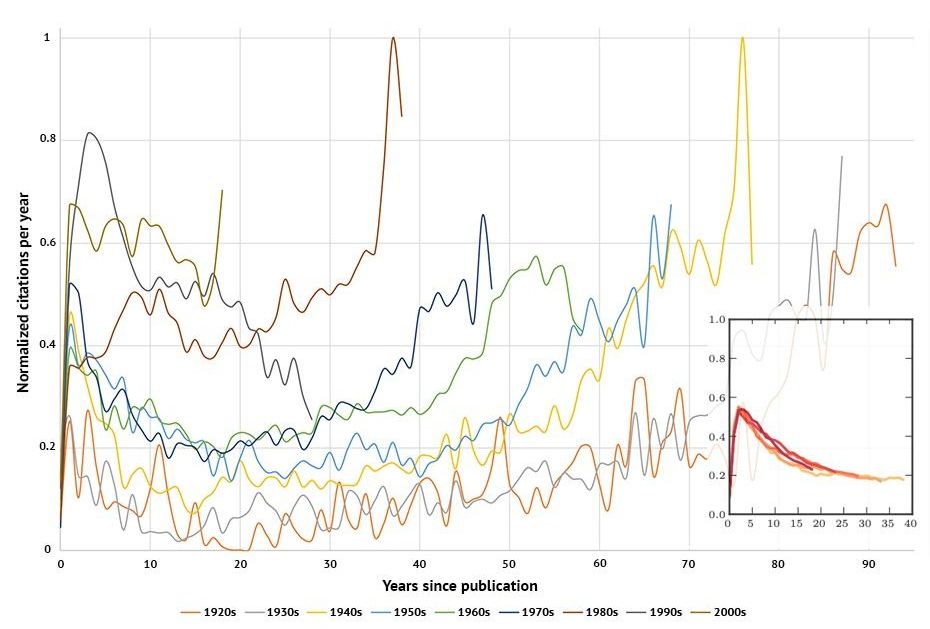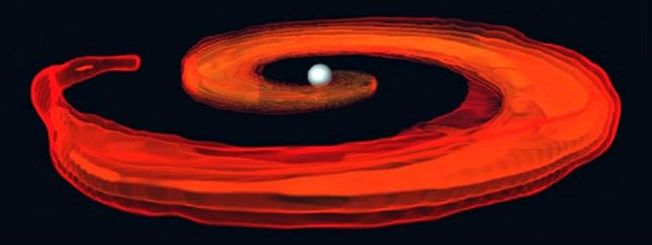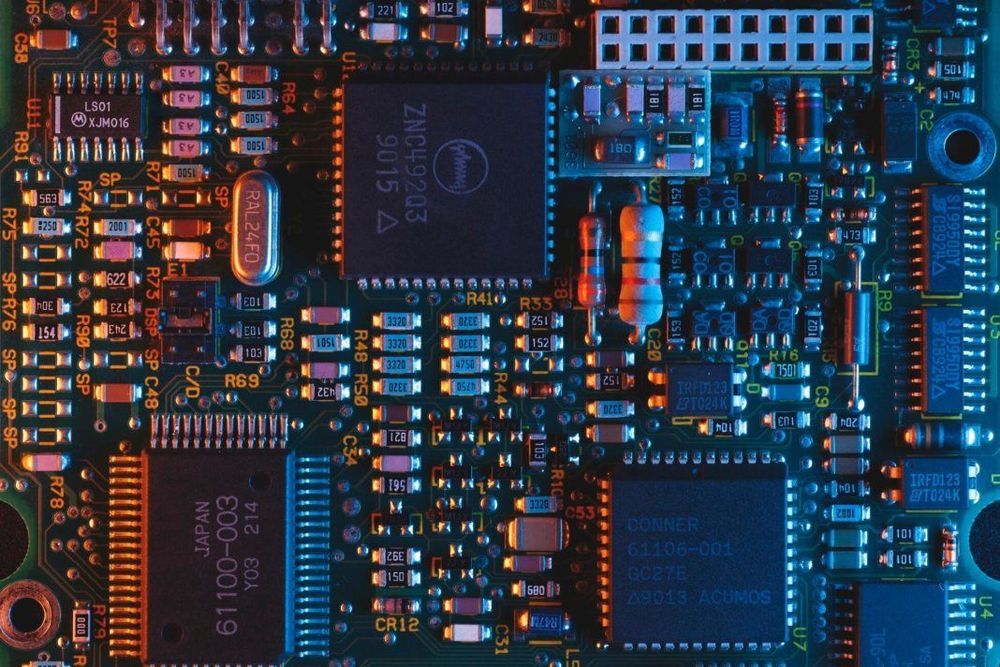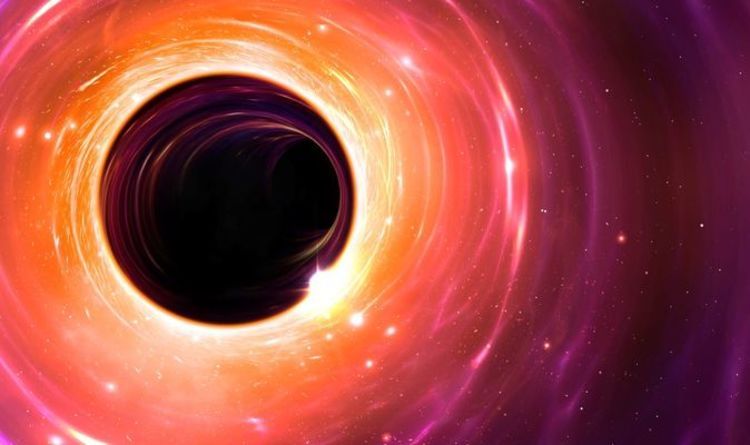As a student astronomer scanning the skies with homemade instruments a quarter of a century ago, Didier Queloz spent months doubting the data that led him to an inescapable conclusion: he’d just discovered the first planet outside Earth’s solar system.
The Swiss scientist had spent much of his PhD research refining techniques to detect so-called exoplanets, which until one fateful night in October 1995 had previously only existed in the realm of science fiction.
Queloz and his colleague Michel Mayor, who on Tuesday were awarded the Nobel Prize for Physics for their pioneering work, had already overcome a number of obstacles in their galaxy-wide search.
